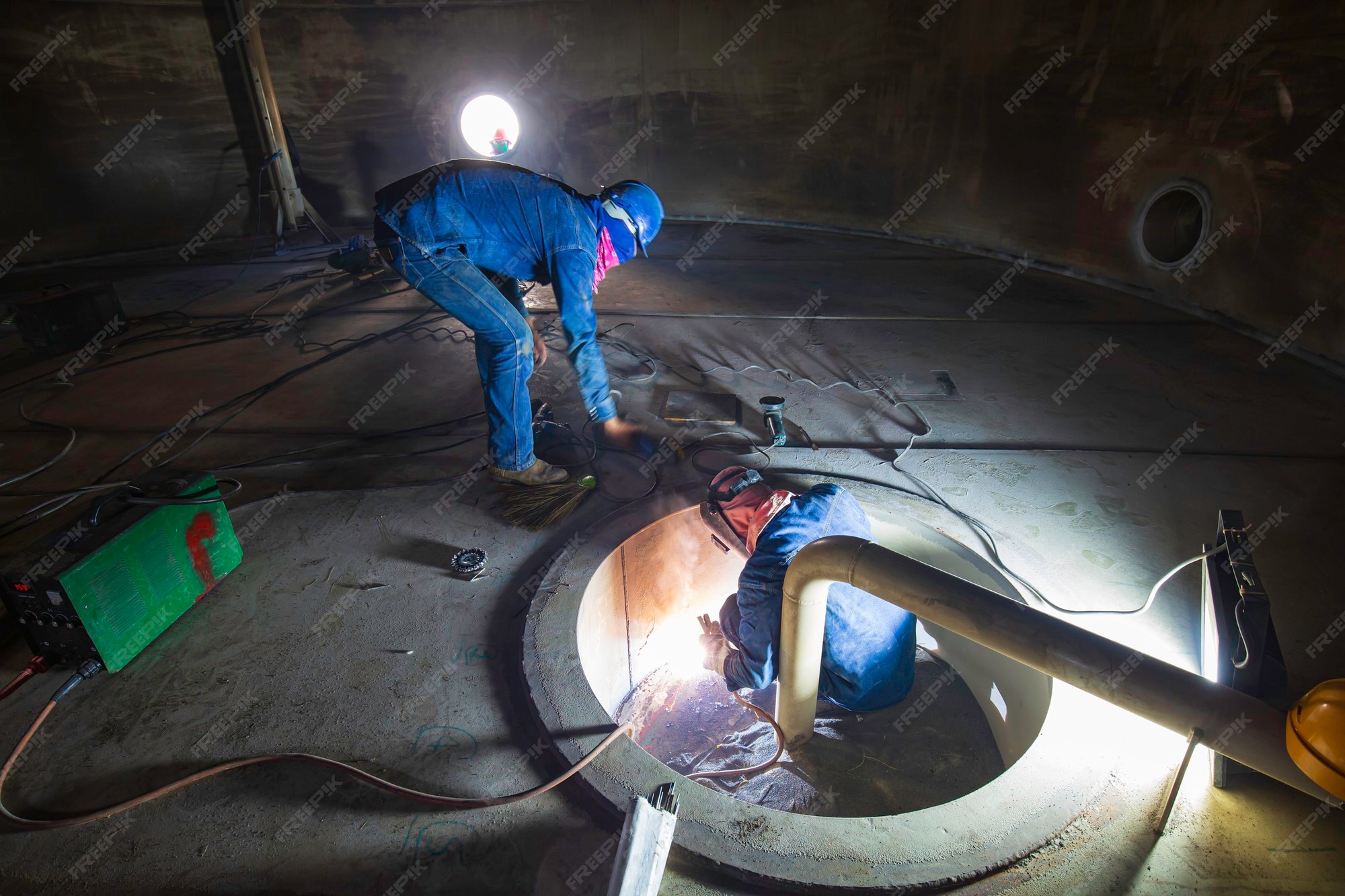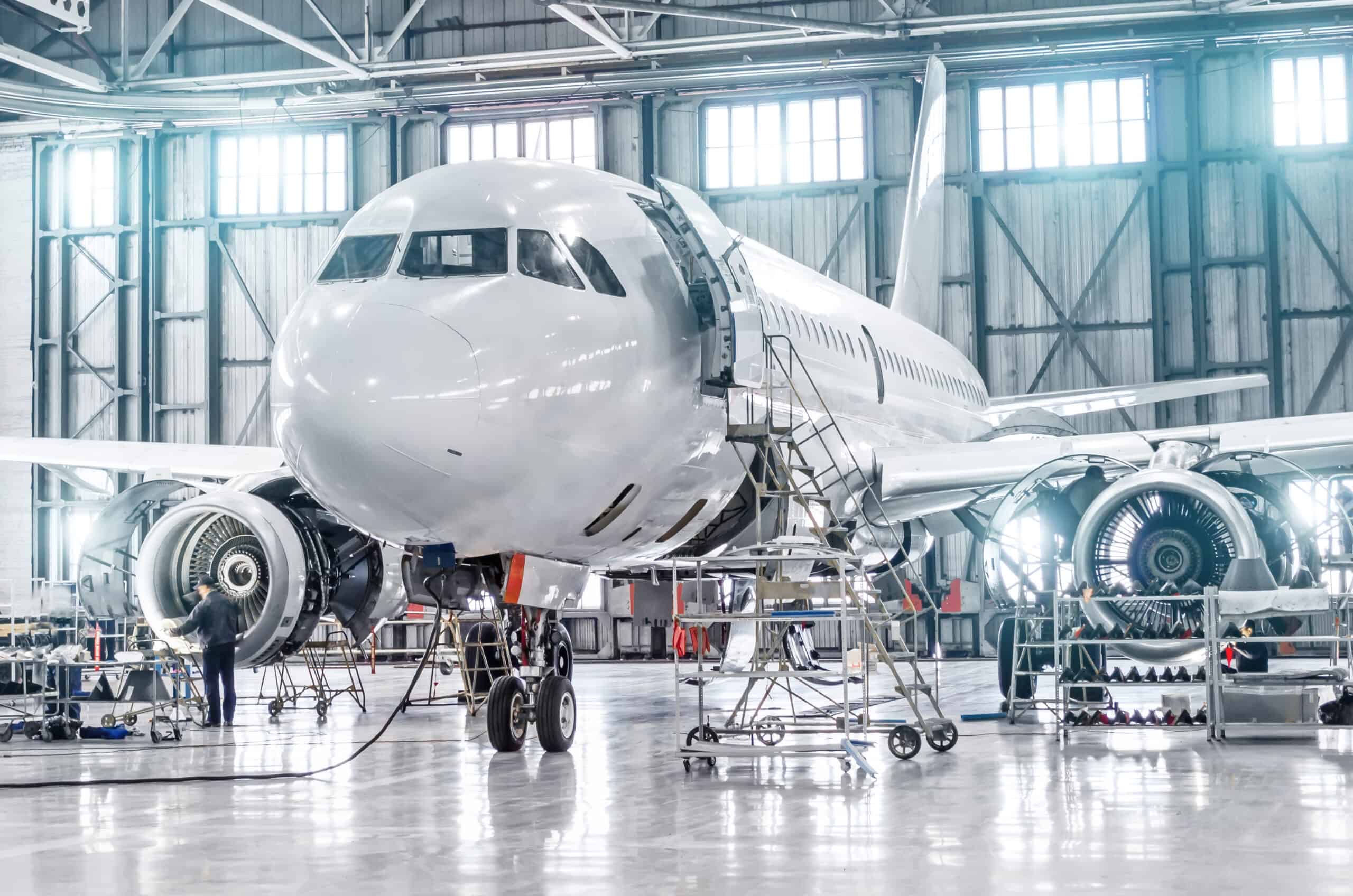Aircraft Welding - Commercial aviation has been around for almost 100 years. However, today it is necessary to carry passengers and goods for worldwide travel and trade. What started with a passenger plane from St. Petersburg, FL, piloted by Tony Janis in 1914, now generating over $800 billion annually.
Advances in the understanding and implementation of aviation contribute to the unprecedented growth of the industry. Materials, manufacturing processes and equipment have also evolved with these developments. During its 100-year development, aircraft welding has played an important role.
Aircraft Welding

Even in the early days of flight, aircraft construction and maintenance depended on aircraft welding. For example, early commercial airplanes used welded steel tube frames. Although basic steel is still used in aircraft, many other materials are now used to reduce weight, including Inconel®, titanium, special stainless steel, and other alloys.
Fsw: A Cost Killer In The Aeronautics Industry
In addition to changes in materials, many improvements have been seen in welding equipment and processes. Let's take a look at aircraft welding today - the key challenges and how best to overcome them. After examining these challenges, we can look ahead to how aviation welding will change.
Aviation welding can be defined as the application of welding techniques, materials and equipment in the manufacture and/or maintenance of flying vehicles, including both heavier than air and lighter than air vehicle types.
As shown above, flying vehicles, whether designed and built to operate inside or outside the Earth's atmosphere, require welding. And both are major challenges for aircraft welding.
The frontiers of flight are always expanding. As passenger numbers and low-altitude congestion increase, commercial carriers have turned to lighter aircraft that are easier to operate at higher altitudes and more fuel-efficient. Several factors, including increasing reliance on satellites for communications, weather monitoring, mapping, and renewed interest in space travel and exploration, have led to new designs for aerospace systems. Consequently, the welding industry faces significant challenges in the construction and maintenance of flying vehicles, which are described in the requirements below.
Thermoplastic Composites Welding Advances For More Sustainable Airframes
To build lighter, stronger, and faster aircraft, aluminum and special alloys such as titanium, Inconel®, and stainless steel are becoming more common. Also, parts with complex structures made by 3D printing are becoming popular. These trends make it more difficult to avoid mild heat damage.
Safety has always been a priority in aircraft construction. This is especially true for spacecraft, as maintenance is not an option for many deployments. As a result, there are many regulations and standards that govern aircraft welding. Important regulatory bodies in this area include the International Standards Organization (ISO), the Society of Automotive Engineers (SAE), and the National Aerospace and Defense Contractors Accreditation Program (NADCAP), which is administered by the Performance Review Institute (PRI). . which determines the quality. Management System (QMS) and Aerospace Welding Process Requirements.
Space is a dangerous environment. Vehicles operating there can be exposed to various types of radiation, extreme temperature fluctuations, high pressure and mechanical stress. Structural failures can be catastrophic and cause costly vehicle damage that sometimes takes years. In worst cases, structural failure can result in loss of life. Likewise, failures due to poor aircraft assembly and maintenance can be just as frequent.

By using the best processes, equipment and materials, welders can achieve high quality welds that ensure the above requirements are met. And since these welding requirements cannot be met for aircraft and spacecraft, it is necessary to establish the solutions described below.
Aircraft Metals Technology: Putting Square Pegs In Round Holes While Making Sparks Fly >
u.s. Air Forces In Europe & Air Forces Africa
> Article DisplayWhen aircraft and spacecraft safety must be a primary consideration for all aspects of process and assembly. For parts and materials that are welded, this means finding strong and reliable welds for each connection. This goal inspired the development of GTAW, or TIG, welding as an improvement over shielded metal arc welding (SMAW) and gas metal arc welding (GMAW) for assembling flight vehicles. As a result, GTAW or TIG welding, which produces higher quality welds, is the process of choice for aircraft welding.
TIG welding can be a slow and precise process, which puts more pressure on the welder to maintain consistency throughout the welding cycle. Also, the process requires a high level of expertise. Finding professionals with the necessary knowledge and experience can be a challenge. Orbital welding equipment is the perfect solution to this question when assembling piping and tubing for flying vehicles. For orbital welding, welding head movement and feed wire control is automatic and can be controlled from a remote control unit. This type of control frees the welder to focus on orbital evaluation, monitor weld quality, and improve process efficiency.
High quality welding is easy to achieve by using TIG welding, using orbital welding equipment, and using the best materials including tungsten electrodes. High quality tungsten electrodes provide the consistency necessary to produce a reliable product that improves joint strength and reduces the chance of failure due to mechanical stress. Along with orbital welding equipment and the TIG welding process, high quality electrodes provide the perfect solution needed for aircraft welding, as shown below.
By using best practices, equipment and material solutions, as shown in the table above, aircraft welding can help ensure well-constructed, safe and reliable aircraft and spacecraft. .
Ww Ii Us Navy Training Book 1945 Aircraft Welding
The desire to create more economical, lighter and faster flying vehicles will lead to innovation in the design and development of aircraft and spacecraft. New technologies including 3D printing and the Internet of Things (IoT) will be more widely adopted. To meet these challenges, aircraft welding must use existing operations such as diagnostics and imaging, as shown below, to develop new solutions that meet the high standards required for aircraft welding. Able to meet challenges while maintaining standards.
As an industry leader that continually strives to push the envelope of technology deployment, Arc Machines, Inc. Provides the best solutions for contemporary aircraft welding and is positioned to be at the forefront of the field.
Since Arc Machines, Inc., founded in 1976 by former NASA engineers, has been an industry leader in the manufacture of high quality and high technology welding equipment. It includes advanced orbital welding machines and welding heads that make it easy to apply GTAW and achieve the weld quality and reliability required for aircraft welding. For product inquiries, please contact sales@arcmachines.com. For service inquiries, please contact service@arcmachines.com. Arc Machines welcomes the opportunity to discuss your specific requirements. Contact us to arrange an appointment.

Aircraft exhaust welding, welding 4130 aircraft tubing, aircraft welding certification, aircraft welding and manufacturing, aircraft welding salary, aircraft welding jobs, aircraft welding course, aircraft welding torch, aircraft welding training, welding aircraft tubing, aircraft welding schools, aircraft welding inc